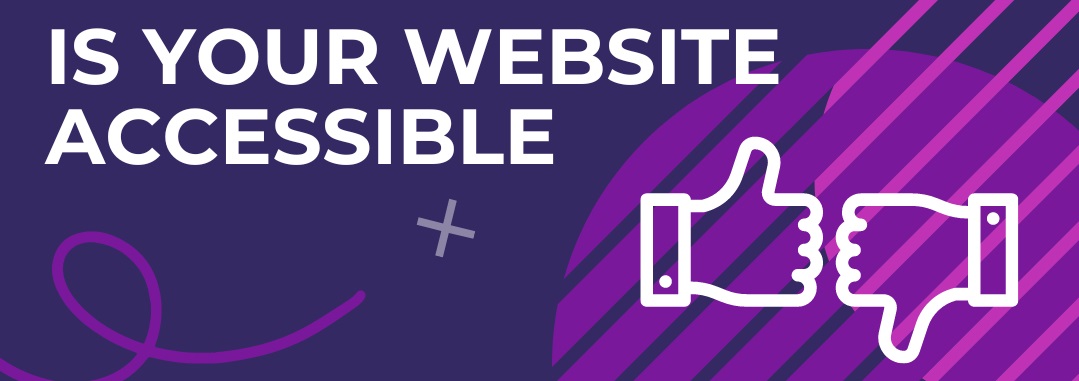 The Web is fundamentally designed to work for all people, whatever their language, location, or ability and therefore accessible to people with a diverse range of hearing, movement, sight, and cognitive ability by removing barriers to communication and interaction that many people face in the physical world.
The Web is fundamentally designed to work for all people, whatever their language, location, or ability and therefore accessible to people with a diverse range of hearing, movement, sight, and cognitive ability by removing barriers to communication and interaction that many people face in the physical world.
However, when websites, applications, technologies, or tools are badly designed they create barriers. This means ensuring effective accessibility can enhance your brand, drive innovation, and extend your market reach.
Accessible design improves overall user experience and satisfaction, especially in a variety of situations, across different devices, and for older users.
Current statistics show that one-fifth of Australia’s population could be having issues accessing services from your business online, and making sure that your website is accessible to everyone will improve your sites overall user experience.
How can I tell if my site is accessible?
Accessibility is an essential consideration in user experience design.
Common design elements that often cause issues for users with disabilities include:
– Low contrast between text and backgrounds
– Thin, light typefaces
– Lots of images without captions and minimal text on the page
– Alt-text on images that isn’t helpful or is an exercise in keyword-stuffing
– Form fields that can’t be interacted with or tabbed through on a keyboard
– Hyperlinks that aren’t distinguishable from normal text, or rely on colour alone
– Buttons or interactive features that don’t have a hover state or aren’t clearly clickable
– Using images instead of text, often found in banners or headings
The one single change you can implement to make a difference
Contrast – to meet readability standards ensure that your background allows your text to be easily read. This super clever Colour Contrast Checker allows you to test your branding toolbox of font, size and colour, and will give you a pass or fail.
Everyone should be given the same opportunity to browse and enjoy the web.
Some great resources for more information are:
https://www.and.org.au/
https://www.w3.org/WAI/standards-guidelines/wcag
https://a.storyblok.com/f/105336/x/f4c52db977/web-accessibility-wcag-2-checklist.pdf
